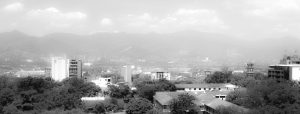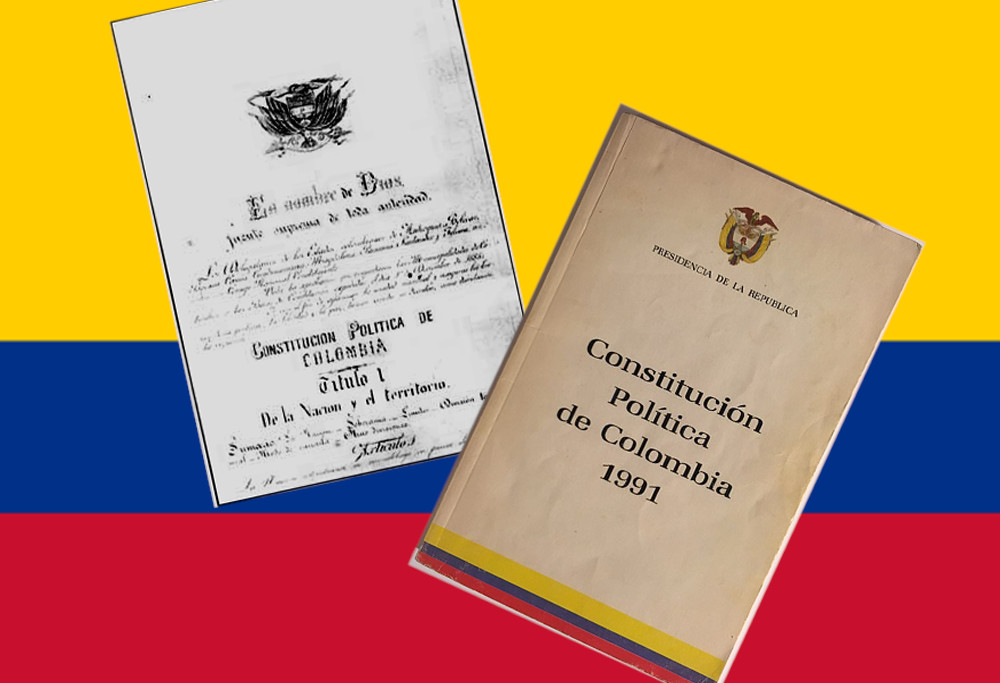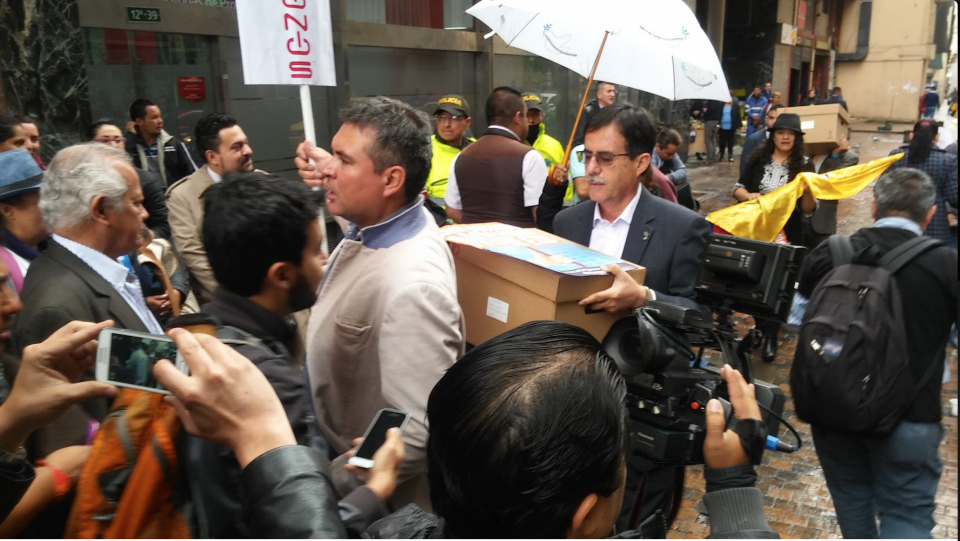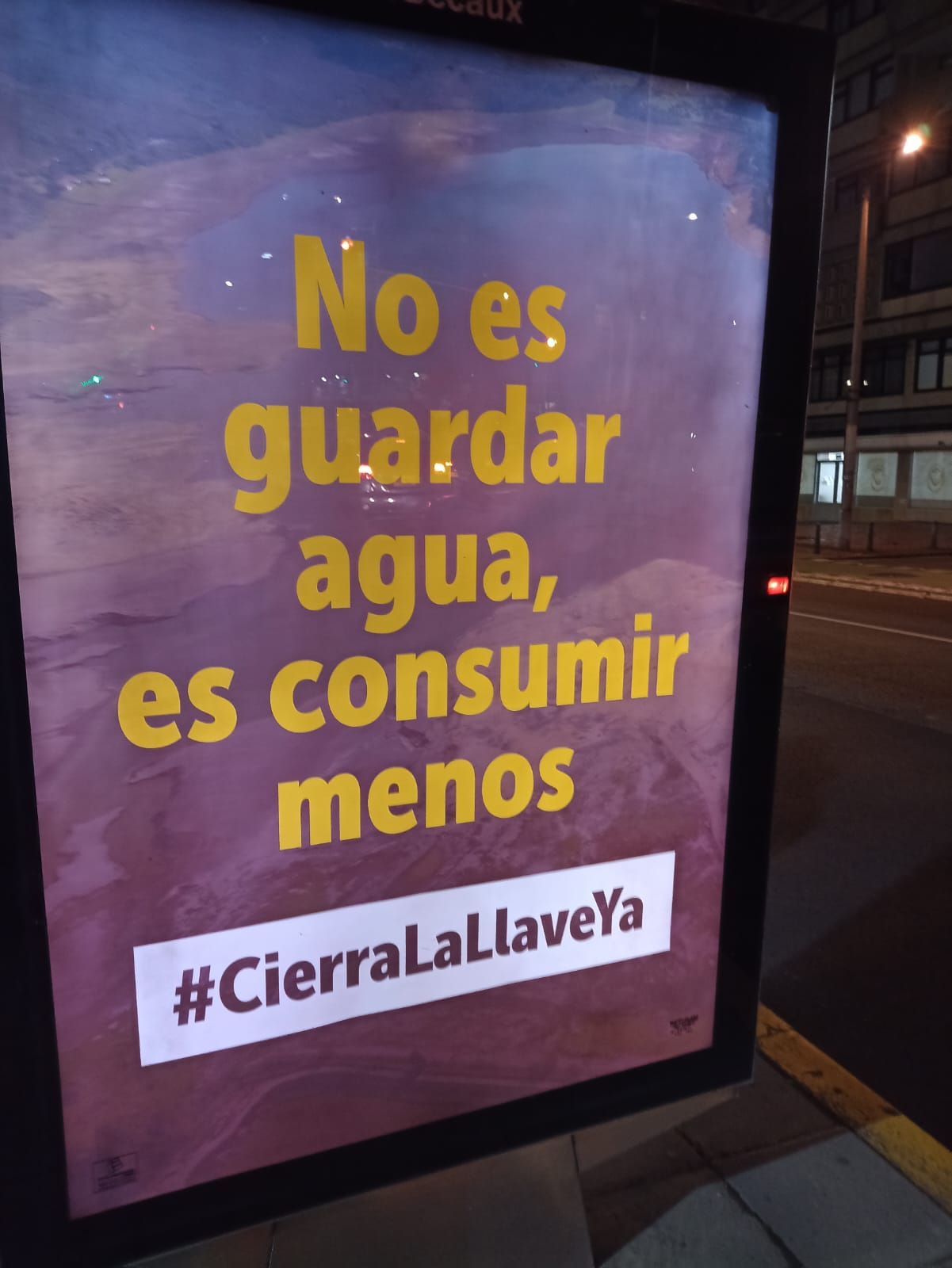
Disappearing city: Photo by Jonathan Hernandez/Espacio
In Medellin, the magic numbers are 2.5 and 10. These numbers represent the sizes of particulate matter–harmful carcinogenic matter composed of sulfates, nitrates, carbon and ammonia that lodge easily within the lungs when inhaled–that are constantly monitored for their abundance in the atmosphere. They are the numbers that make the difference between the air that we breathe and the air that we ought to breathe.
This month, the local government once again issued a red alert restricting the use of vehicles, a system affectionately termed ‘pico y placa’. The alert advised young children, pregnant women and the elderly to stay indoors. Four stations in Medellin–Tanques la Y, Centro de Medellín, La Estrella, and Girardota–recorded the air as being harmful to health and issued the alert immediately.
Last year, the alarms were sounded in March over the quality of air. The year before was no different. In fact, records in inner city Medellin between 2012 and 2015 showed the air to be consistently above 50 micrograms of PM10 per cubic meter. The Air Quality Guidelines of the World Health Organization (WHO), recommends concentrations of not more than 20 micrograms per cubic meter. Particles smaller than 2.5 microns in diameter (PM2.5) and composed of particles with a diameter less than 10 microns (PM10) are considered by WHO to be the pollutants of greatest abundance in open urban environments and with the greatest effects on human health.
March is known for being a particularly difficult month for pollution in Medellín as the fumes and harmful vapours don’t rise sufficiently high above the valley for the winds to carry them away. As a result of these atmospheric conditions, the pollutants clog and fester in the city.
¿Por qué marzo es un mes complicado para la #CalidadDelAire del Valle de Aburrá?
Recuerda que entre todos, podemos disminuir las emisiones de gases contaminantes.#AccionesPorElAire pic.twitter.com/Fp6Pl9mwJ1
— Área Metropolitana del Valle de Aburrá (@Areametropol) March 6, 2018
Three years ago, the idea that Medellín would be placed alongside Dhaka and Mumbai as one of the most polluted cities in the world would scarcely be believable. Today, walking through the congested avenidas of El Centro would easily persuade you otherwise. The rates of respiratory illness have skyrocketed. In Medellin alone, 2017 saw the spending of 2.8 trillion pesos on the care of 2105 patients that died as a direct result of air pollution. By way of comparison, there were 577 homicides in Medellin in 2017.
To blame Medellin’s geography alone for the consistent rise in pollution levels fails to appreciate the government’s role in the larger environmental crisis that the city faces. Smaller initiatives like days without cars and free public transport have failed to address the many underlying problems, one of which is the vehicles that spew toxic fumes as they struggle around steep inclines.
For example, it was revealed by the Superintendence of Ports and Transport in 2017 that 80% of the vehicles within the metropolitan area did not pass the test for polluting emissions (called the tecnomechanica).
The problem was also noted by union leaders and environmental authorities where the lack of respect for reviews was found in abundance among drivers and workers of the Automotive Diagnostic Centers (CDA) alike.
There has however continued to be inaction at the governmental level and scepticism over the true link between pollution and harmful effects on human health.
Director of INS (National Institute for Health), Martha Lucia Ospina Martinez, opined at an event last year held by El Colombiano that “One can not directly attribute deaths to poor air quality. We are not talking about an acute event, we are talking about an event that contributes to produce disease, perhaps it contributes to produce death, but we can not say: these people were killed by environmental pollution.”
For Ricardo Lozano, director of the People and Earth organization, it is a mistake for the authorities to consider pollution as an issue unrelated to public health: “Before the 1970s, the air quality issue was handled by the health secretariats of the departments. It is important that the new policies prioritize the relationship between pollutants and health, starting with prevention and care. These policies, as we have insisted, should be long-term.”
Many paisas are less optimistic that a solution, if on its way, will be thought of by the government. Their city is slowly disappearing to the clouds of smog from the Aburre Valley.





